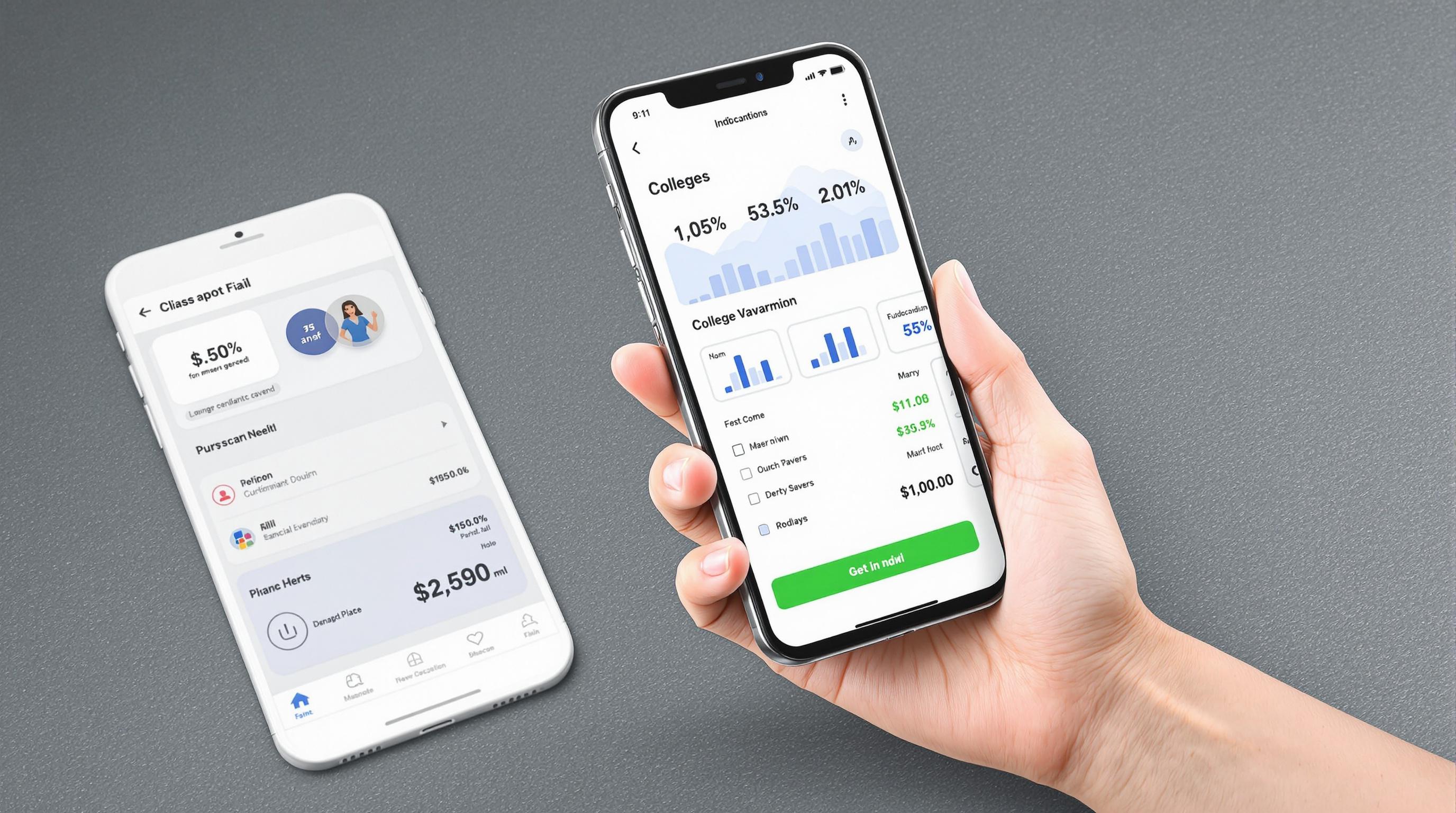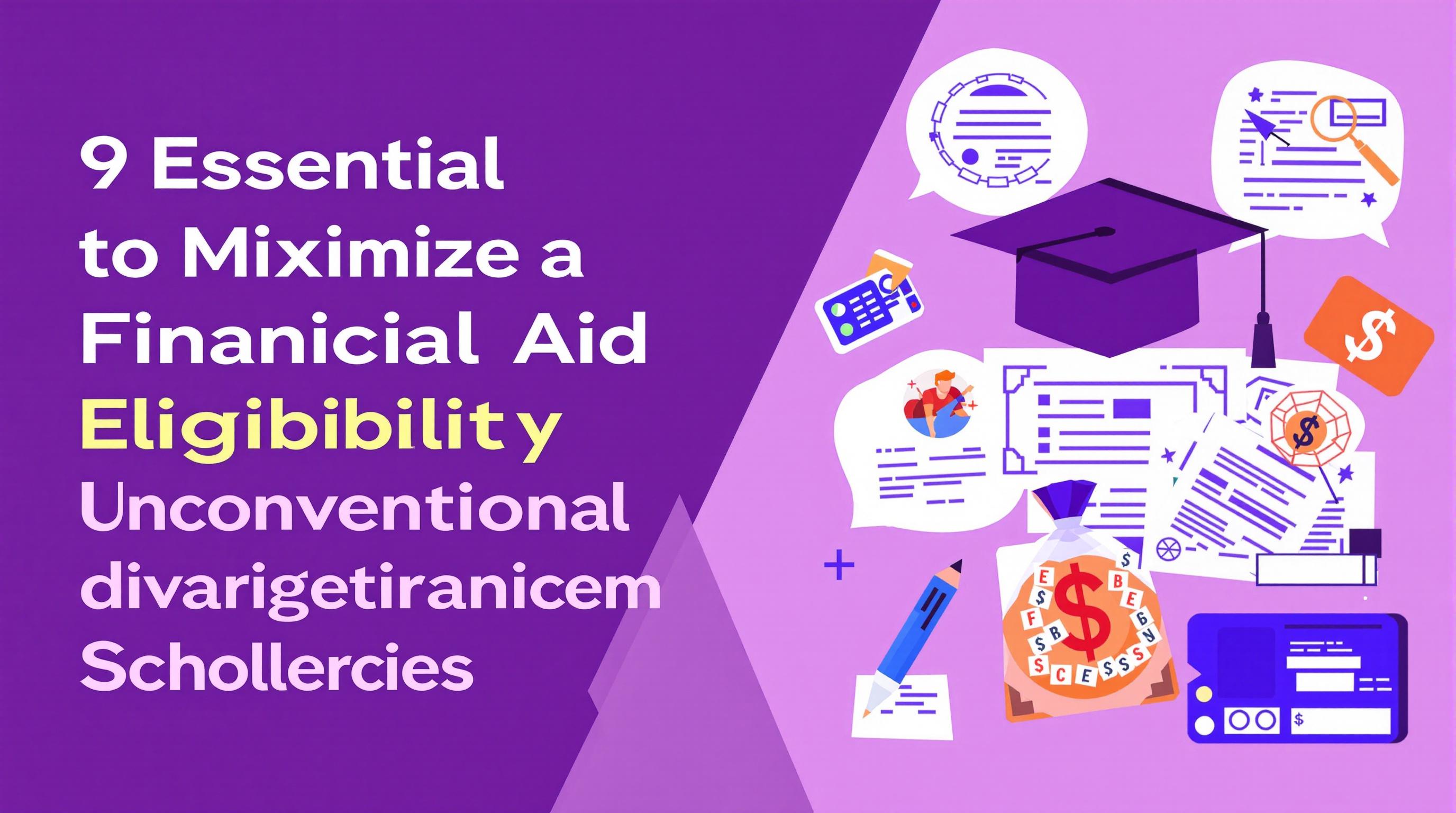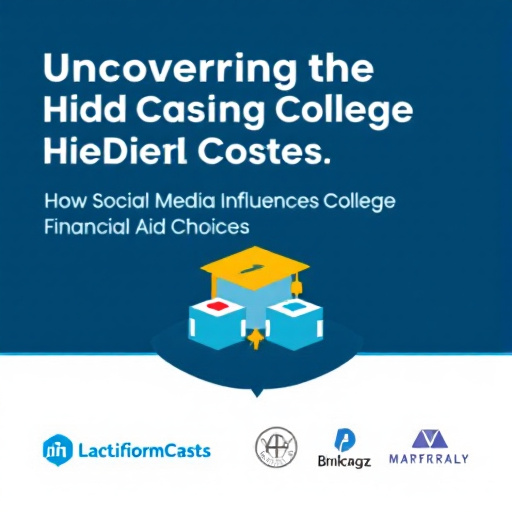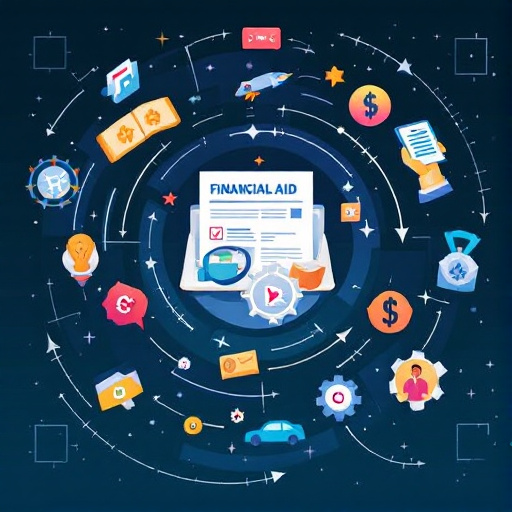Featured Articles
- 9 Essential Strategies to Maximize College Financial Aid Eligibility Through Unconventional Scholarship Sources
- From Grants to Gigs: How the Gig Economy is Shaping Modern College Financial Aid Options
- Redefining Financial Aid: How Social Media Influence Shapes College Funding Choices for Gen Z Students
- The Hidden Costs of College: How Unseen Expenses Derail Financial Aid Plans
- Top 6 Innovative College Savings Apps Released Since 2019 That Actually Boost Your Financial Aid Chances
Redefining Financial Aid: How Social Media Influence Shapes College Funding Choices for Gen Z Students
Redefining Financial Aid: How Social Media Influence Shapes College Funding Choices for Gen Z Students
As Generation Z navigates the complex landscape of college funding, social media emerges as a pivotal influence, reshaping their financial aid choices and strategies. This article explores how platforms like TikTok, Instagram, and Twitter not only disseminate information about financial aid options but also foster communities that empower students in their funding journeys.
Understanding Gen Z: A Quirky but Resourceful Bunch
Born roughly between 1997 and 2012, Gen Z is often characterized by their tech-savviness and strong commitment to social causes. Studies show that around 85% of Gen Z uses social media, making platforms like TikTok a perfect breeding ground for student engagement and information sharing (Pew Research Center, 2021). This generation is not just consuming content; they're creating communities that support shared financial goals.
The Rise of TikTok: From Dance Videos to Financial Awareness
Once the realm of dance challenges and lip-syncing, TikTok has evolved into a powerful educational tool. Enter influencers like Kahlil Greene, who has bridged the gap between entertainment and education. He shares bite-sized clips packed with financial tips tailored for students, showing that over 60% of Gen Z feels more informed about financial aid through social media channels (Statista, 2023). Who knew that a catchy dance could lead to an epiphany about FAFSA deadlines?
The Contagious Nature of Financial Information
Social proof is a powerful motivator for Gen Z. When individuals see their peers sharing success stories about scholarships, grants, and student loans, it creates a ripple effect. For example, a TikTok video detailing a student landing a $10,000 scholarship can inspire thousands to search for similar opportunities. It's like a virtual word-of-mouth campaign, amplified by likes, shares, and comments.
Case Study: TikTokers to the Rescue
Let’s take a closer look at a specific case: the #ScholarshipTikTok phenomenon. Student creators travel through their unique stories—admissions struggles, financial aid applications, and the eventual triumph of securing funds. This trend has led many followers to discover scholarships they were previously unaware of, like the National Hispanic Recognition Program or the Jack Kent Cooke Foundation scholarships. Some students report applying to over 50 scholarships thanks to these viral videos, demonstrating the tangible impact of social media (National Association of Student Financial Aid Administrators, 2023).
Financial Literacy: Not Just a Buzzword
While financial aid is crucial, understanding how to navigate it is equally essential. Research shows that around 70% of students felt more confident discussing financial aid topics after engaging with social media educational content (Journal of College Student Development, 2022). This newfound confidence is not just empowering; it’s a game-changer. Financial literacy has become the new rite of passage for Gen Z, who are keen on avoiding the debt pitfalls that plagued previous generations.
How Platforms Foster Community and Support
Have you ever heard of stress-funding? No, it’s not a new trend. It’s the collective anxiety shared by students as they tackle daunting financial aid forms and deadlines. Social media platforms offer solace through communities filled with like-minded individuals. Subreddits and Facebook groups serve as safe havens where students swap stories, exchange tips, and offer encouragement. For instance, r/college, with its hundreds of thousands of members, is treasure trove for financial aid discussions.
Barriers Still Exist: Not Everyone Has Access
Despite the positives, it's critical to acknowledge that not all Gen Z students have equal access to reliable internet or the latest smartphone technology, leading to disparities. A report by the Federal Communications Commission indicated that about 14 million American households do not have broadband access (FCC, 2022). This digital divide can leave some students in the dark, missing out on valuable financial aid opportunities and the community support that social media provides.
Creative Strategies: Crowd-funding for Tuition
In a world where social media influences everything, it’s no surprise that some students have turned to crowdfunding platforms like GoFundMe to raise tuition funds. This has opened a new door for financial aid—students promoting their campaigns via social media, sometimes raising thousands of dollars through small contributions from friends, family, and even strangers. Reports show that students can raise up to 50% more through these channels compared to traditional fundraising methods (CrowdFund Insider, 2023).
Gamifying Financial Literacy: Making Money Management Fun
Gone are the days of dry financial seminars. The rise of gamified financial literacy platforms speaks directly to Gen Z’s preference for interactive learning. Apps like “Khan Academy for Money” not only educate young people about funding options but also use gaming elements to make learning engaging. Players can earn rewards while learning about financial aid, thus reinforcing knowledge through practical applications.
The Power of Micro-Influencers
In the social media landscape, micro-influencers—those with a smaller but highly engaged following—are proving to be essential catalysts for financial aid awareness. Unlike big-name celebrities, these influencers feel more relatable, and their audiences often trust their recommendations. A micro-influencer’s personal story about securing a full-ride scholarship can resonate deeply, prompting their followers to act (Social Media Examiner, 2023).
Peer Pressure in the College Funding Journey
Sometimes, financial aid choices stem from peer pressure—the “Keeping Up with the Joneses” phenomenon has now hit the digital space, with students showcasing their college choices and associated costs on social media. This can drive a sense of urgency among students to explore every possible funding avenue, even those unconventional ones (like attending community college, then transferring). While this might lead to better financial decision-making, it may also lead to additional stress and anxiety as students grapple with mistaken notions of success.
Social Media as the Ultimate Guide to Financial Aid
In an era when students are faced with staggering tuition fees—averaging around $10,000 a year for in-state public colleges (College Board, 2023)—social media has become more than just a source of entertainment. It’s a lifeline, connecting students with information, opportunities, and emotional support. As many as 83% of Gen Z students believe that social media has influenced their decision-making regarding financial aid (Marketing Dive, 2022). Talk about a trend with a tangible impact!
The Future: What Lies Ahead?
As technology continues to advance, the role of social media in financial aid will likely increase. Virtual workshops, live Q&A sessions with financial advisors on platforms like Instagram Live or Facebook will become commonplace. Furthermore, institutions may be compelled to adapt their financial aid communication strategies to align with the preferences of Gen Z, perhaps even collaborating with influencers to amplify their message.
Conclusion: Empowerment through Connection
In conclusion, social media's influence on financial aid choices for Gen Z is undeniable. It fosters community, spreads valuable information, and equips students with the tools they need to navigate the finance maze. While barriers still exist, the trends suggest a future where students are more informed, empowered, and connected than ever before. So, next time you scroll through your feed, remember: the power of financial aid is just a hashtag away!




